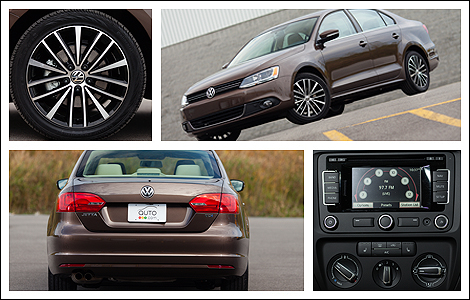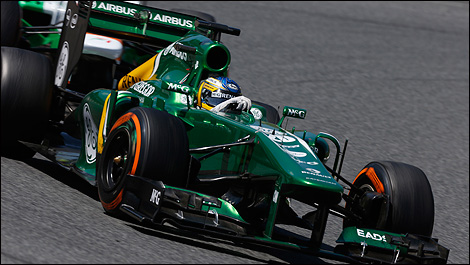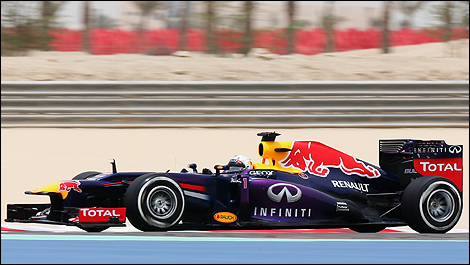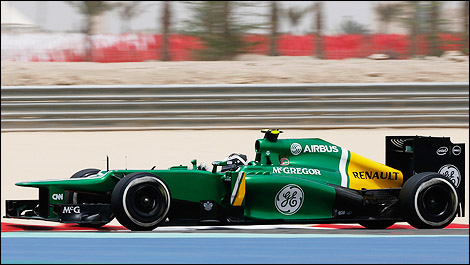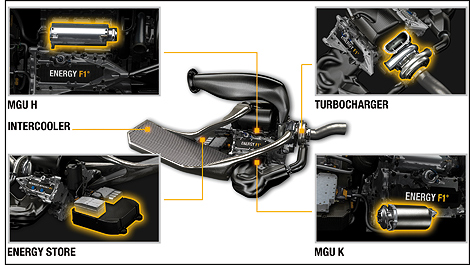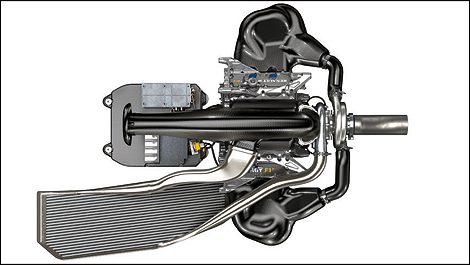While change is a necessary evil, and something select people thrive on, it's not always a good thing. Take for example, Volkswagen. From the beginning they've been known for reliable, long-lasting cars that get the job done.
Their latest version of the Jetta is no exception, especially with a TDI engine and in Highline trim. With a price just north of $30k (as tested), it's a bargain when you look at the bigger picture.
Forget the colour
And look at the car instead. While I had no trouble with the Toffee Brown Metallic paint adorning my 2013 Volkswagen Jetta TDI, it seems some did. I found it quite sophisticated to look at, and it matched the autumn backdrop surrounding me all week as the leaves rapidly changed.
Beneath the paint lies a vehicle that's classy, with clean lines and a look that says "I'm corporate, but I still let my hair down on the weekends (under the right conditions)." The 2013 Jetta TDI isn't necessarily sporty, but it's got some interesting detailing (simplistic chrome front grille, subtle shoulder line and sculpted hood) that give it the right amount of attitude on the road.
Inside, my 2013 Volkswagen Jetta TDI was tricked out in Highline trim which meant the whole nine yards, and then some. With all of Volkswagen standard equipment (A/C, heated front seats, fog lights, engine block heater), plus 17" alloy wheels, leather seats, Bluetooth and standard start/stop keyless entry, the Highline trim level might seem expensive (sitting nearly $12,000 above the base Jetta price), but when you consider everything it entails, it turns the Jetta into a car you'll want in the family for years.
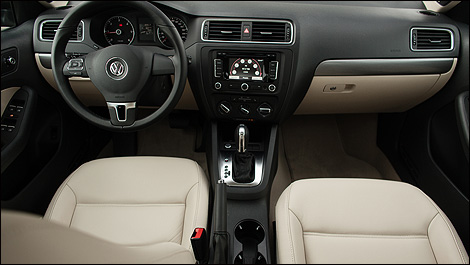 |
| Inside, my 2013 Volkswagen Jetta TDI was tricked out in Highline trim which meant the whole nine yards, and then some. (Photo: Sébastien D'Amour) |
Volkswagen's staying power
Which brings me to my next point: There's something about a Volks that just screams "well-built." As it was Thanksgiving weekend when I piloted the 2013 Volkswagen Jetta TDI, I decided to put it to the "family" test and pack everyone in for a trip to my parent's place. With four adults and a 10-month-old in his rear-facing child seat, plus a trunk full of baby paraphenalia, pumpkin pies and wine, we hit the road.
And everyone immediately had the same reaction to the Jetta: What a solid, well-built car.
From the unyielding "thunk" the door makes as it closes, to the grounded, sure-footed grasp it has on curvy country roads (no matter how full), the 2013 Volkswagen Jetta TDI is secure. It feels like a good place to be.
And the 2013 VW Jetta TDI engine helps with that stable, long-lasting sense. Equipped with a 2.0L 4-cylinder turbocharged direct injection engine, it pushes out 140 hp and 236 lb-ft of torque. Coupled with Volkswagen's 6-speed DSG automatic transmission, the Jetta TDI is a joy to drive.
The first day I picked up the keys, I took the 2013 VW Jetta on a 400km road trip. From the moment I left the first stop sign, I was in love. Throttle response is fantastic, and that diesel torque is smile-inducing as is the dual-clutch DSG gearbox that makes spirited driving so rewarding (even for an automatic).
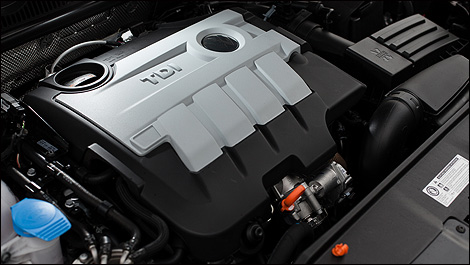 |
| Equipped with a 2.0L 4-cylinder turbocharged direct injection engine, it pushes out 140 hp and 236 lb-ft of torque. (Photo: Sébastien D'Amour) |
The beauty of a diesel
I've said it before and I'll say it again: Diesel is amazing. Throughout the week I was constantly shocked at the 2013 Volkswagen Jetta TDI's gas mileage. Why? Because diesels are so few and far between here that I'm not used to it.
After a week behind the wheel of normal driving (I wasn't trying to be economical in any way), I averaged a combined 5.9L/100km and managed close to 900km on one tank. I hit the gas station with one bar left on the 55L tank read-out. Was I impressed? Very. Do I want a Jetta TDI in my driveway now? Yes.
Who cares if it smells a little at the pumps and sounds a bit like a tractor when the windows are down, the distance you'll travel between pumps is enough to put it all into perspective and justify the price of the vehicle in the long-run.
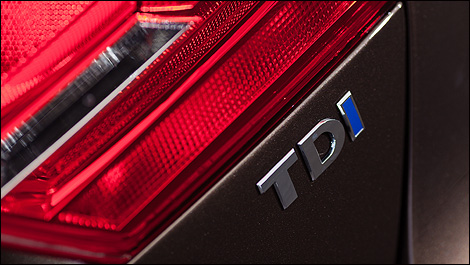 |
| Throughout the week I was constantly shocked at the 2013 Volkswagen Jetta TDI's gas mileage. (Photo: Sébastien D'Amour) |
Volkswagen for all
From the very beginning Volkswagen has been about creating a car that everyone could own. And not a car that's so affordable that it'll fall apart in a year's time. Volkswagens are built to last and the new 2013 Volkswagen Jetta TDI is no exception when it comes to Volkswagen doing what they do best: Building cars for the masses, but meant for a select few who truly understand the meaning of a purpose-built vehicle made to last.
This 2013 Volkswagen Jetta TDI Highline review was originally published on Auto-Venus.com.
 The latest auto news, reviews, prices, product and vehicle releases.
The latest auto news, reviews, prices, product and vehicle releases. 